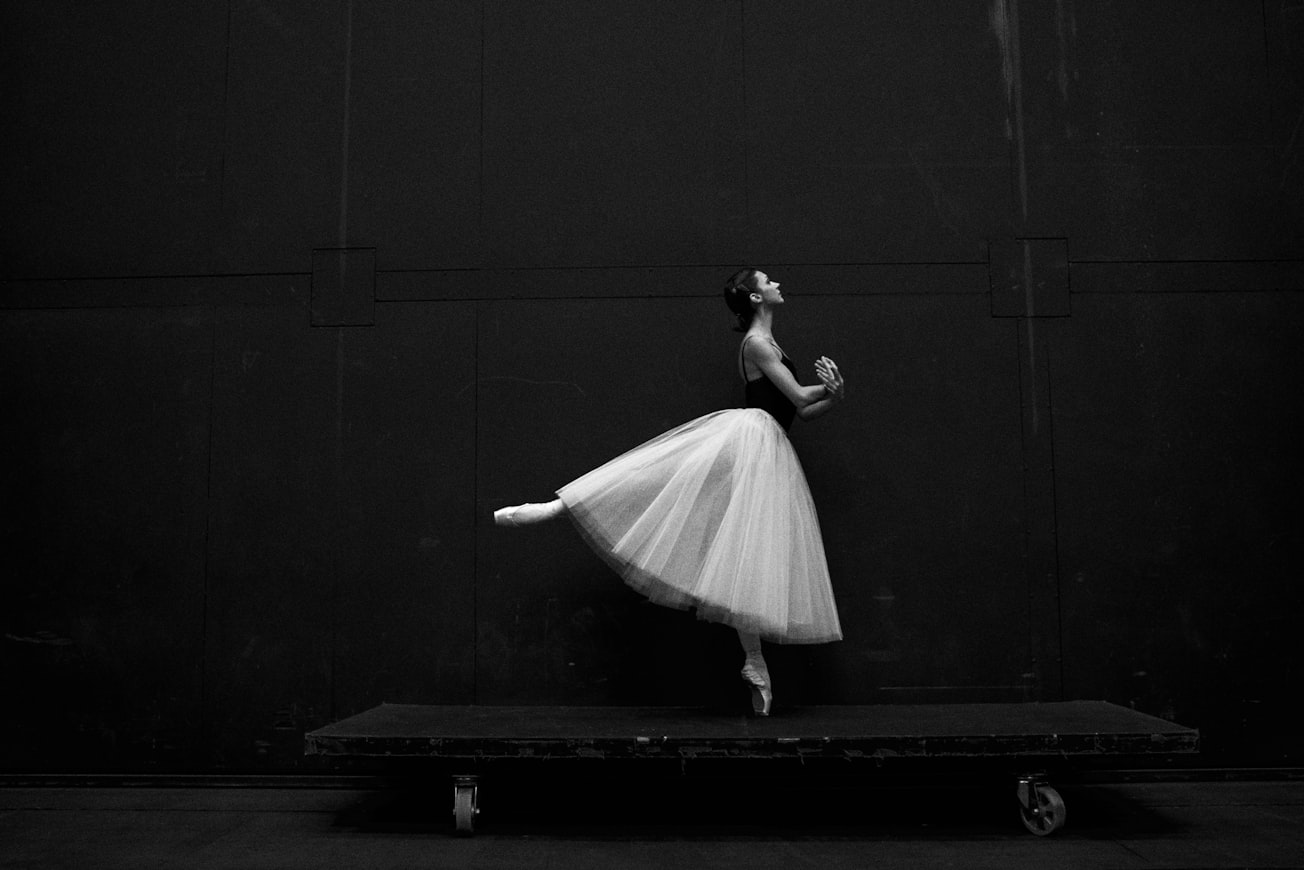What is it about?
This article analyzes the career of prima ballerina Maria Tallchief, a member of the Osage Nation who became an international star in the mid-twentieth century. As America’s first prima ballerina and a Native American woman, Tallchief played an important role in shaping the modern American ballet tradition and representing the ingenuity and artistic excellence of Indigenous people. Through an examination of her written autobiography and onstage performances, I discuss how Tallchief's aesthetic brilliance contradicted mainstream assumptions concerning Native Americans.
Featured Image

Photo by Sergei Gavrilov on Unsplash
Why is it important?
Maria Tallchief is an important cultural figure in American and Indigenous spaces, and this article elucidates how her Osage identity and onstage achievements were intertwined. Tallchief achieved prima ballerina status during a time when no American dancer, Native or non-Native, had done so, and in the process she became an influential contributor to American dance and an inspiration to Native American dancers.
Perspectives
I hope that this article shines a light on Maria Tallchief's multifaceted legacy as a prima ballerina, an author, and a celebrated member of the Osage Nation. Writing this article gave me a new appreciation for Tallchief's impacts as a cultural icon, as well as introducing me to her fellow Indigenous dancers from Oklahoma who were also paragons of balletic excellence in the modernist era. The collective achievements of this collective, known as the "Five Moons," have become a central focus of my research agenda, and it all started with Maria Tallchief.
Shannon Toll
University of Dayton
Read the Original
This page is a summary of: Maria Tallchief, (Native) <em>America's Prima Ballerina</em>: Autobiographies of a Postindian Princess, Studies in American Indian Literatures, January 2018, Project Muse,
DOI: 10.5250/studamerindilite.30.1.0050.
You can read the full text:
Contributors
The following have contributed to this page







